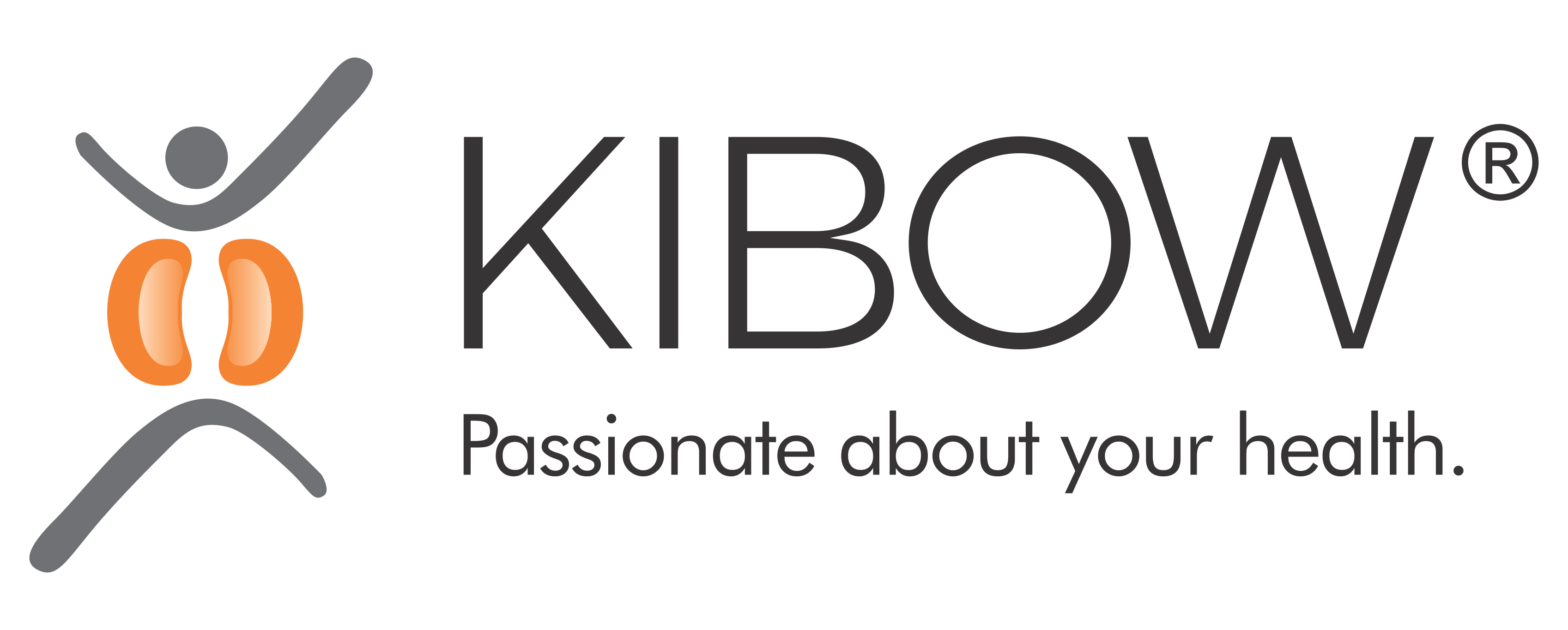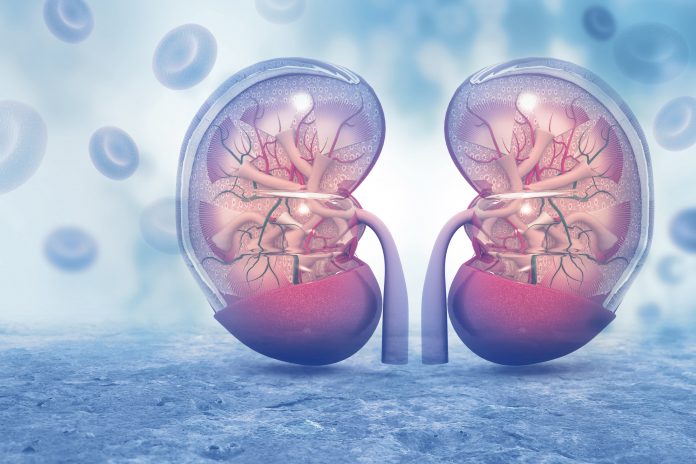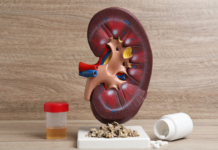The views stated here are those of the author nor Kibow Biotech or The Hope
WHAT IS A PREEMPTIVE KIDNEY TRANSPLANT?
It is a transplant that takes place for a kidney patient, before starting dialysis. It usually takes place before your kidney function deteriorates to the point where you need dialysis. Between 30%-40% of all transplants are preemptive transplants. Preemptive transplants are considered to be the preferred method of transplants when compared to post-dialysis transplants, but in the U.S. only 20% of kidney transplants are preemptive. The purpose of this blog is to explore why they are not more popular. A preemptive transplant allows the patient to be part of the process and to be able to make their own decisions as it relates to care. As we will see, the benefits of preemptive kidney transplants, by far, outweigh post-dialysis transplants as well as going on dialysis itself. Preemptive transplant allow for surgery before the patient’s medical condition deteriorates and the surgery becomes more difficult and potentially dangerous.The Mayo Clinic cites several factors contributing to the lower use of preemptive transplant:
A shortage of donor kidneys;
Lack of access to transplant centers;
Low rates of physician referrals whose possible recipient candidates have a lower socio-economic status;
Lack of physician awareness of current guidelines
WHAT ARE THE BENEFITS AND RISKS OF A PREEMPTIVE TRANSPLANT?
- A preemptive transplant has many benefits, including: There is less risk your body will reject the new kidney; The recipient will likely live longer and have a better quality of life; Avoiding the risks associated with dialysis; Avoiding the dietary restrictions and health complications that come with dialysis. Lower costs comparing the costs of transplant per person, per year to dialysis Ability to return to the workforce and provide for family Of special note, preemptive transplants are especially beneficial for children and adolescents in kidney failure.
- The risks of a preemptive transplant include: Early exposure to the normal risks of surgery; Potentially wasting some native kidney function.
WHAT ARE THE RISKS OF DIALYSIS?
- Heart Disease
- Bone Disease
- High Blood Pressure
- Nerve Damage
- Infection
- Cholesterol Problems
- Poor Nutrition
- Depression
- Decreased Life Span of a Future Transplanted Kidney
SO, WHAT’S THE HOLD UP?
As we have seen there are both medical and economic advantages to preemptive transplants. Preemptive transplants lead to improved patient and graft survival. Cost savings are accomplished with preemptive transplants as well. Medicare estimates their annual cost for dialysis per patient is $88,000, where the annual cost per patient for a kidney transplant is $34,000. Yet, only 1/3 of all living donor transplants in the U.S. are preemptive transplants. This has been the consistent case for the last 15 years.
There are 2 factors that are cited for this delay in the acceptance of preemptive transplants:
- The lack of timely referrals of kidney patients who are candidates for transplants from referring physicians
- The delay in completing the living donor assessments.
Timely referrals do not occur because of a lack of knowledge in certain regions of the country based on socioeconomic status. In other words, in the poorer, more uneducated areas of the country, these referrals are not happening! The richer and more educated the area, the more likely the potential recipient will be advised he/she is a good candidate for a preemptive transplant. To resolve these issues, transplant programs need to advise and educate patients and referring physicians about the benefits of preemptive transplants as well as their availability.
The time to complete living donor assessments are taking too long. A mean of 10.6 months to complete that assessment has led to many recipient candidates ending up on dialysis before they can be transplanted.
This delay has been caused by: The self-referral by the potential recipient of her/himself to a transplant center opposed to a more organized physician referral; Donor candidates put ‘on hold’ if the recipient eval is complicated as opposed to going forward and perhaps motivating the recipient candidate to act; Donor candidates are intentionally slowed down due to the issue of informed consent coupled with the requirement of a complete understanding of what will occur and all risks; Donor candidates are subject to a ‘cooling off period’ and the opportunity to reconsider to avoid the transplant center’s appearance of coercing or pressuring the donor to donate.
The fix for these issues is to better educate on the true nature of preemptive transplants and donor candidates. This should lead to more timely referrals of recipient candidates and better knowledge of the options for transplants and the fact that a preemptive transplant may be available as opposed to dialysis first, then kidney transplant to follow.
Donor evaluations should take a matter of weeks as opposed to a period of months. Most potential donor have made a personal and moral commitment to the potential recipient to donate. A deliberate, unnecessary delay only leads to donor frustration. Expedited referrals and proper education on the issue should lead to more frequent and healthy preemptive transplants.
THE BOTTOM LINE
Preemptive transplants are the best option for patients whose kidney disease is progressing to kidney failure. The Mayo Clinic recommends discussing kidney transplantation with your doctors before your kidneys fail. The bottom line is this: Preemptive kidney transplantation recipients have a greater chance of survival and a better quality of life than post-dialysis recipients do.
Sponsor: Kibow Biotech® 
From The Author James Myers
To learn more about James follow this link

My advocate nickname is Uncle Jim. If you have a kidney question or issue you need help with, please do not hesitate to contact me at kidneystories@hotmail.com. I thank the NKF for all the opportunities they have given to me.




